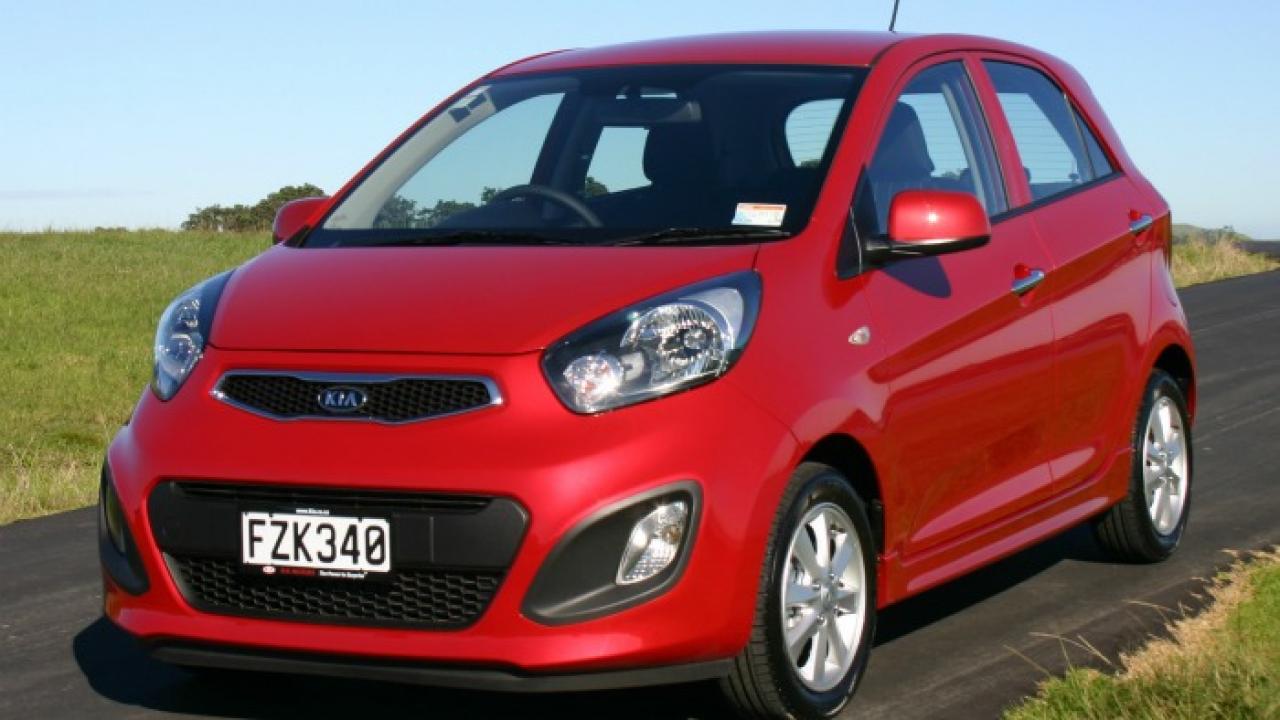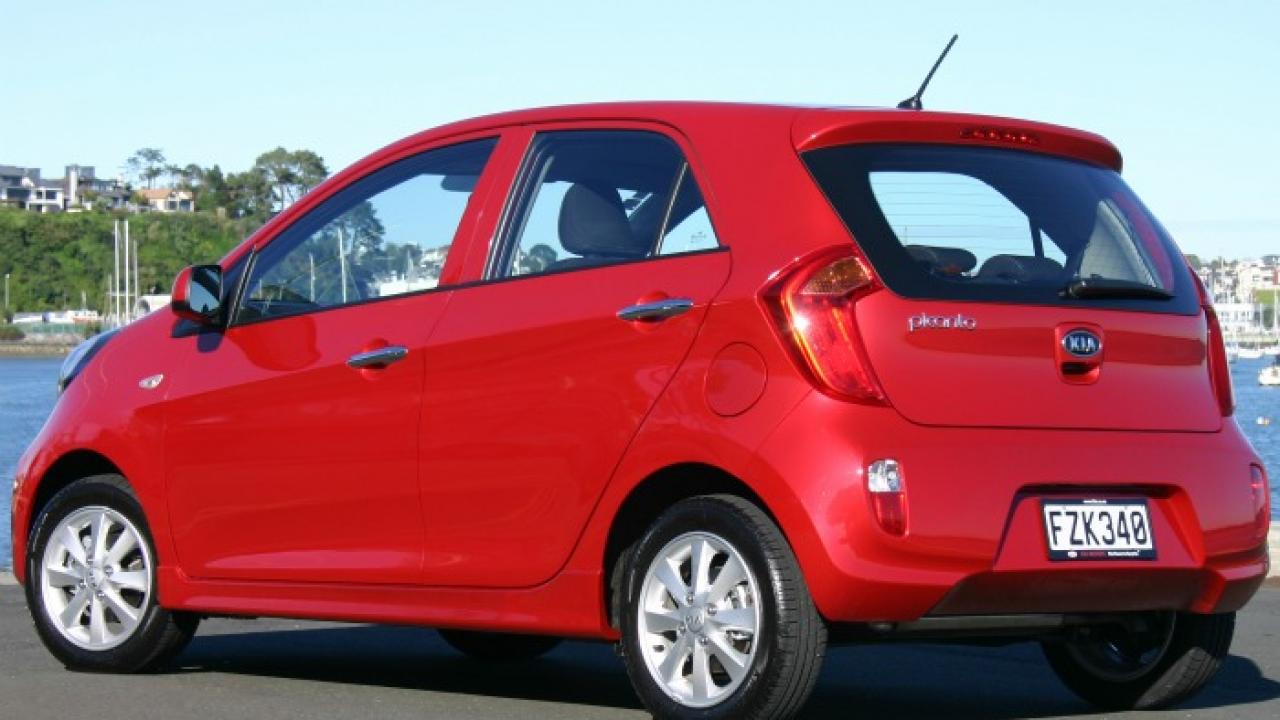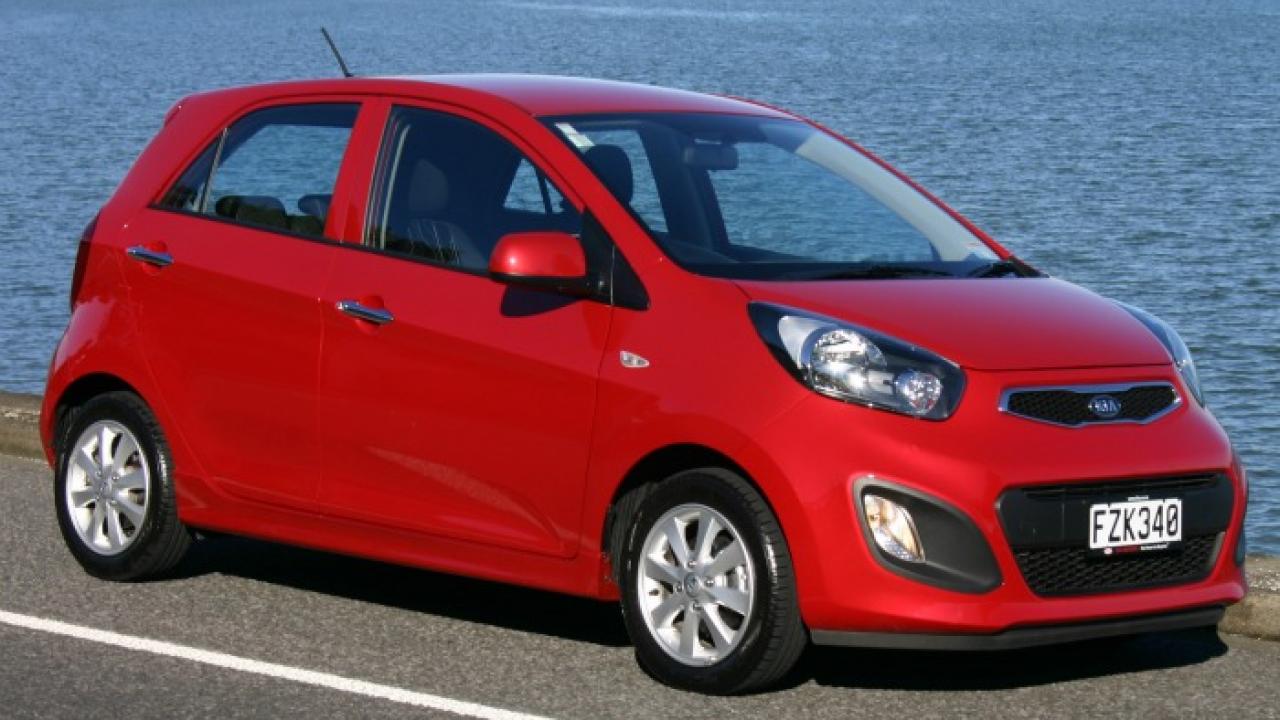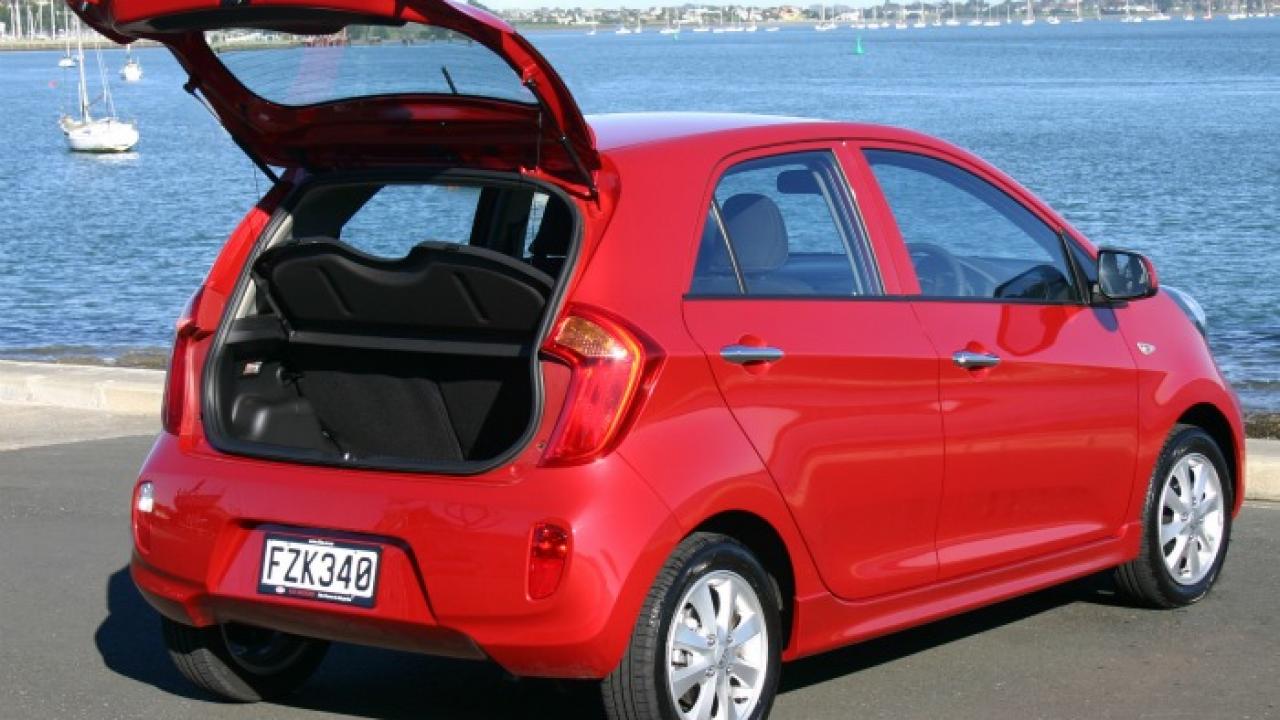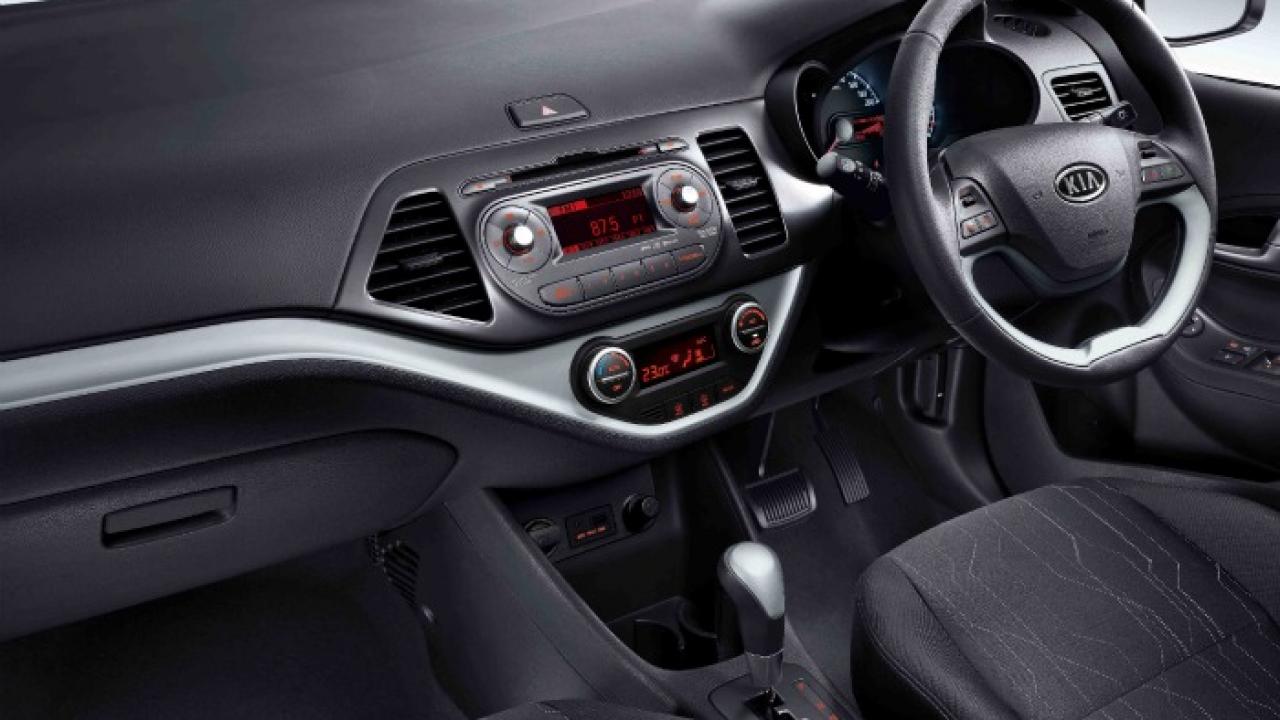New Car Report; All bases covered
Slowly but surely, model by model, Kia’s past history is being overtaken by a new range of vehicles which hold one of the most important ingredients of car design; consumer appeal and quality levels that match or better their rivals.
Around 2005, Kia Motors began focusing on design as a key ingredient to help break into the major markets around the world, particularly Europe. The hiring of ex Audi and VW conceptual designer Peter Schreyer to lead the charge to change the brand image and to create a recognisable ‘face’ was in hindsight, an inspirational move for the Korean car maker. Its global growth in recent years has been nothing short of phenomenal.
In 2010 sales grew by a staggering 26.5% while the first quarter of 2011 has seen a further increase of slightly over 20%.
The Asia Pacific market alone grew by a staggering 40% in 2010
Key to its new image has been the introduction of the tiger nose grill carefully crafted into each new model released, which provides the brand its own unique identifier.
Equally important to the brand's sales growth has been the under-skin improvements on each new model released such as performance, safety, fuel efficiency and reduced tail pipe emissions.
The all-new baby in the Kia fleet the Picanto is no exception and lives up to the brand's reputation and expectation for continual improvement. The front grill concept has in fact been taken a step further on the Picanto with a two-spoke sports steering wheel also incorporating the tiger nose concept.
Leading the charge in technology is the Idle Stop and Go (ISG) feature fitted to the manual LX model
This is the first car in its class to offer the fuel-saving technology which automatically stops the engine when idling and instantly re-starts as the clutch is depressed.
With a claimed combined fuel consumption of 4.3L/100km and CO2 emissions of just 100g/km, the Picanto is currently New Zealand’s greenest and most economical petrol dedicated car.
Sure beats having to worry about Road User Charges with diesel ownership and equals the more expensive and complicated hybrid technology in the environmental stakes.
The 4-cylinder DOHC 1248cc engine develops a spirited 64kW of power and 123Nm of torque and comes from Kia and Hyundai’s Kappa stable. This replaces the 1086cc 48kW/99Nm power unit fitted to the outgoing model.
Three extremely competitively priced models are offered; a 5-speed manual 1.25 (ISG) LX which retails for $18,590 and two 4-speed automatic options the $18,990 LX 1.25 and the $20,990 EX 1.25.
Prices include a 5-year/100,000km warranty programme and are exclusive of on-road-costs.
The wheel base has been increased 15mm in comparison to the outgoing model which translates into more usable passenger space and 27% more luggage space. A practical and useable rear cargo space is made available due to an easy fold down rear seat arrangement.
A paper thin rear boot floor panel which would struggle to withstand the load of a regular supermarket shop is a letdown and an area of improvement that has been overlooked. Apart from that the interior fit and finish along with the use of soft materials give the Picanto a feeling of quality well beyond its retail pricing.
Safety features include a revised Electronic Stability Control system including traction control fitted across the range along with a six airbag package (the EX gains an additional knee bolster airbag). Two x rear ISOFIX childseat anchors are also fitted across the range.
Standard equipment includes power/heated door mirrors, hill start assist, daytime running lights, in-cabin headlight adjustment and MP3 player. The EX model moves up from 14”alloy wheels to 15” alloys and is fitted standard with extras such as front fog lights, leather steering wheel with audio controls (also LX auto) and reverse warning sensors.
Bluetooth hands-free is also standard on the LX (auto) and EX models
Past sales would suggest the Picanto is predominantly a lady’s car; hopefully the marketing team at Kia New Zealand can help change that perception.
Equally important is trying to spread the message that the Picanto deserves strong consideration as an alternative to a similar priced and sized used vehicle.
The Rio is the next model to get the Schreyer makeover, and to add additional fear into the competition. Can’t wait.

